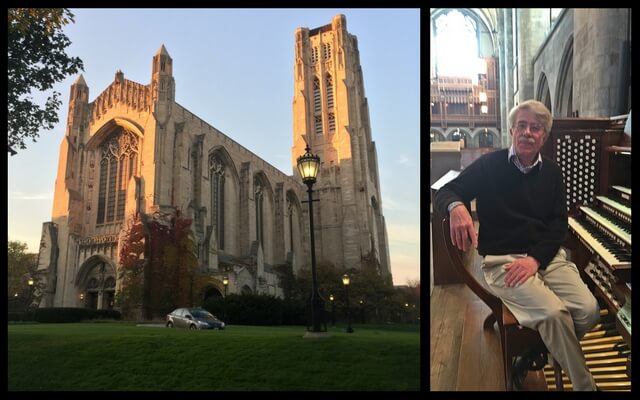I was invited to visit two Skinner organs in the USA in November 2017. As usual, I took loads of pictures and diarised my adventures on the road for you. I have written two posts about my trip and have given each organ its own focus in each post. In this post I share my experience from the Skinner Organ I played at the Rockefeller Memorial Chapel in Chicago, Illinois. Be sure to also read my other post which covers my visit to St Peter’s Church in Morristown, New Jersey.
It is over 20 years since I visited Chicago and then it was to look at purchasing a business nearby so long before I was so taken up by organs. Visiting instruments could not have been further from my mind then. On this trip however very little else was on my mind.

Thank you to organist Thomas Weisflog
I stumbled across this instrument when viewing the short video below by Organist Thomas Weisflog who was also my guide for this visit. I must begin by saying a huge thank you to Thomas who left me alone with the instrument for about 3 hours which in all honesty is just a fraction of the time you need to sample all the delights the instrument has to offer.
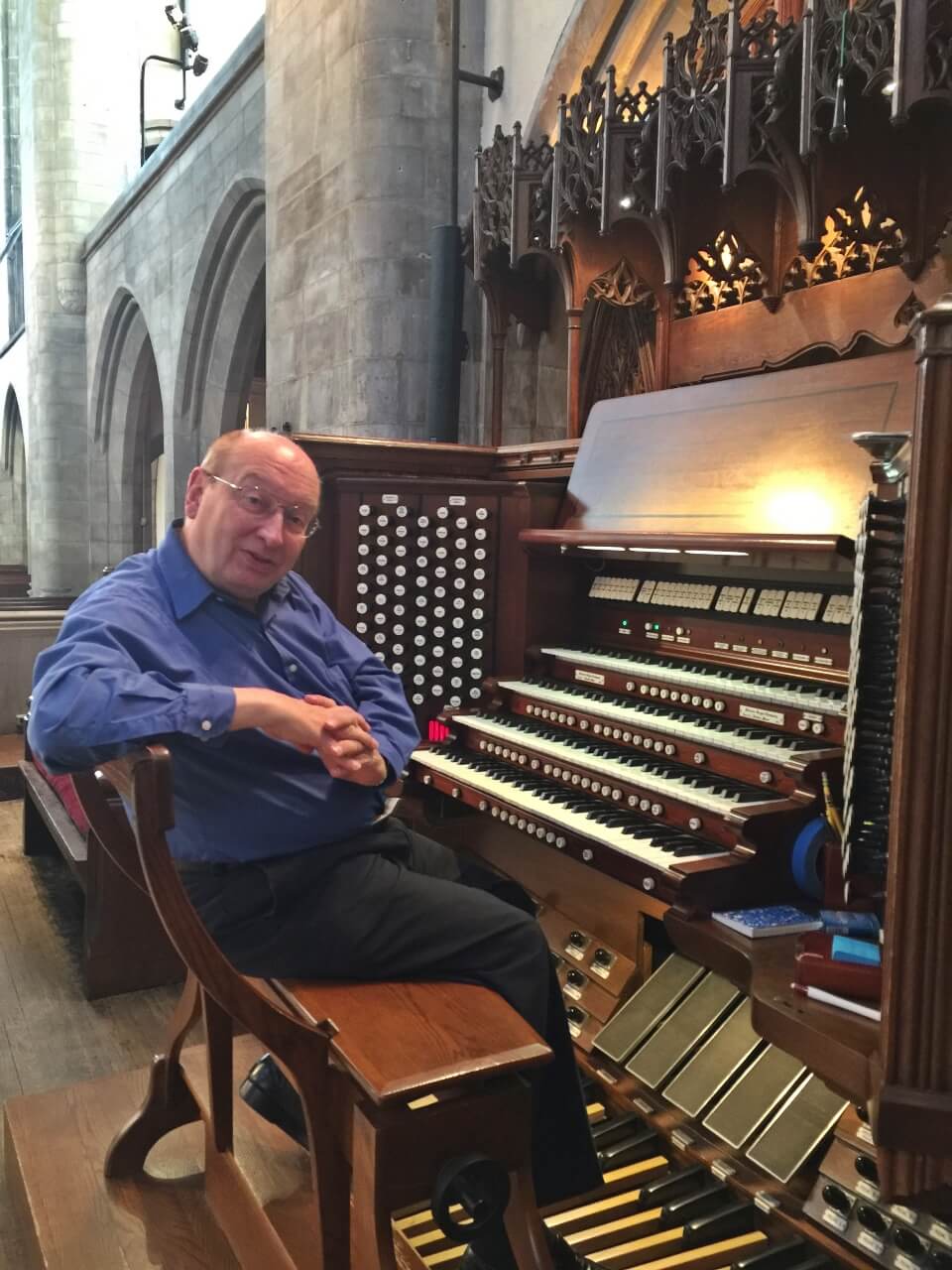
Thomas as you see from the short video is a huge organ enthusiast with a very refreshing view of how the instrument should be promoted. Like me he believes the organ is a joy that is under appreciated and agrees that part of the problem is the often dull recital programmes that are on offer.
Oh for more tunes that will leave an audience dancing out of the building at the end. And he has a very open mind to the role that digital instruments have to play. Thomas it was a joy to meet you, share your thoughts on the instrument we both love and of course I take away with me the very special memory of enjoying instrument and building almost to myself on a lovely sunny Wednesday afternoon.
A truly magnificent Skinner instrument
Thomas explained very well how over time this particular instrument has evolved. It was victim to the neo classical movement that was fashionable in the 1960’s and quite a large part of the instrument was changed and much original pipe work actually cut up and thrown away. It was also an instrument designed and subsequently managed by committee and as we all too often experience, committee management is usually a matter of compromise and that is seldom the best way to achieve anything truly exceptional.
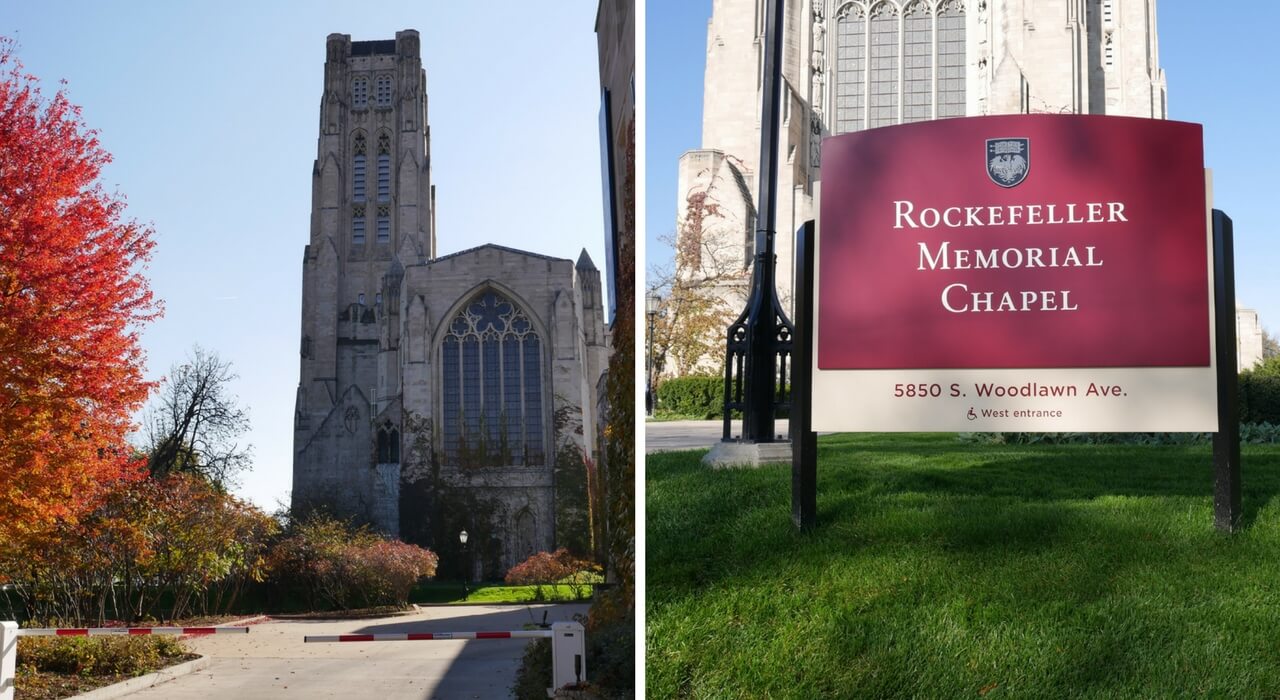
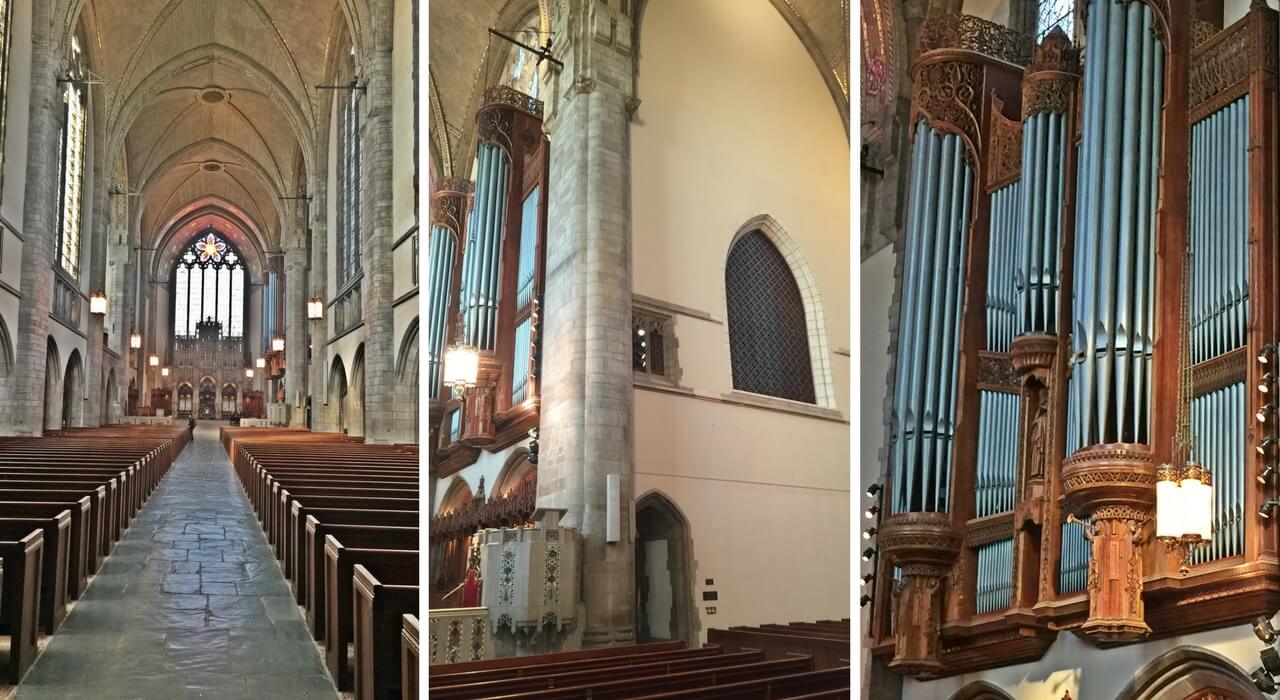
But the instrument has been substantially restored to its original conception with pipework remade to replace those stops that were thrown away in the 1960’s. It is in fact really 2 instruments set out above the choir and on the west end gallery where about 34 of the available stops reside. Registering a large instrument is a substantial challenge only increased when such a large part of the available tonal resources is about 50 metres away at the west end where there is about a 1/3 second delay for the sound to reach the performer.
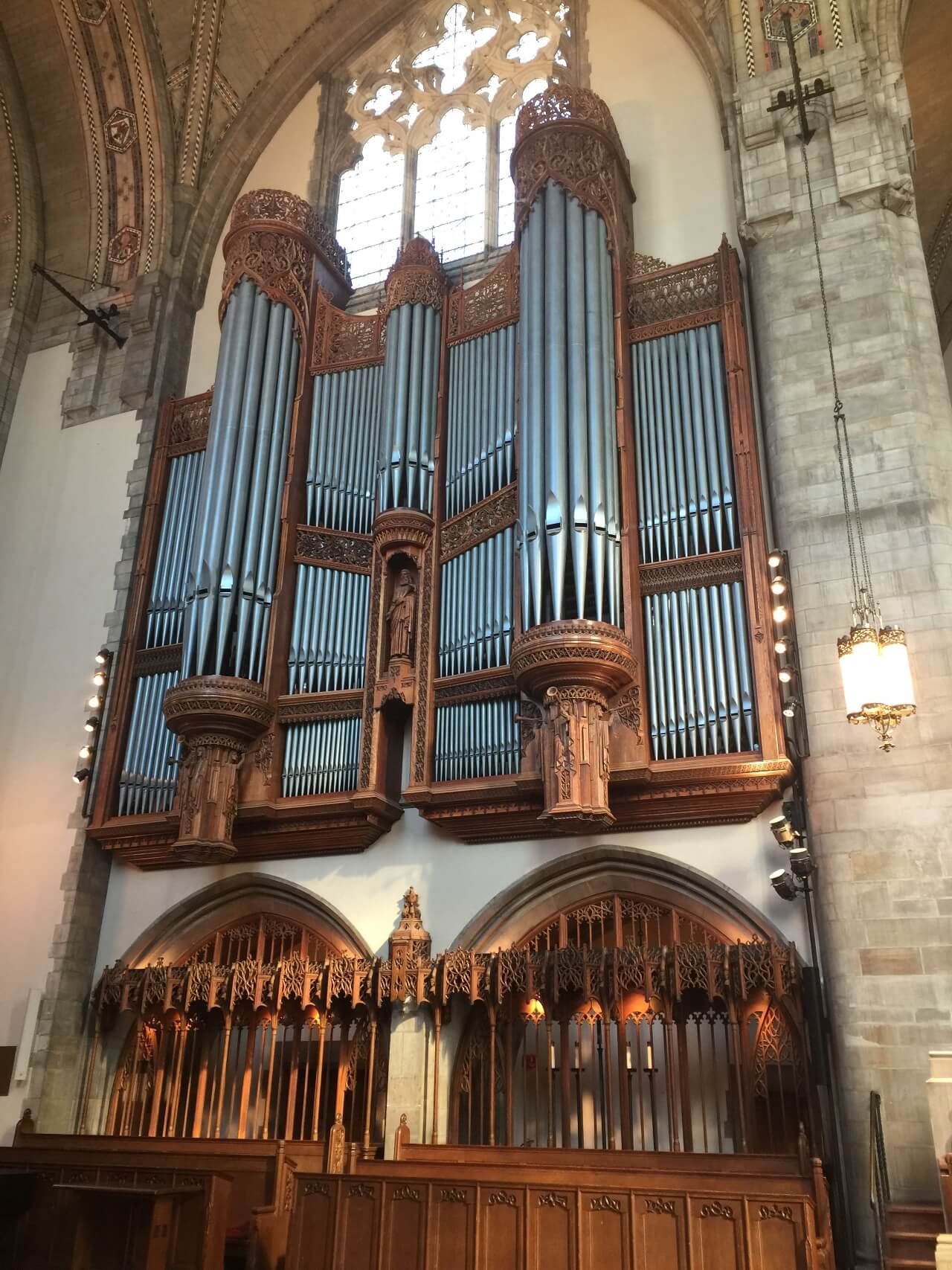
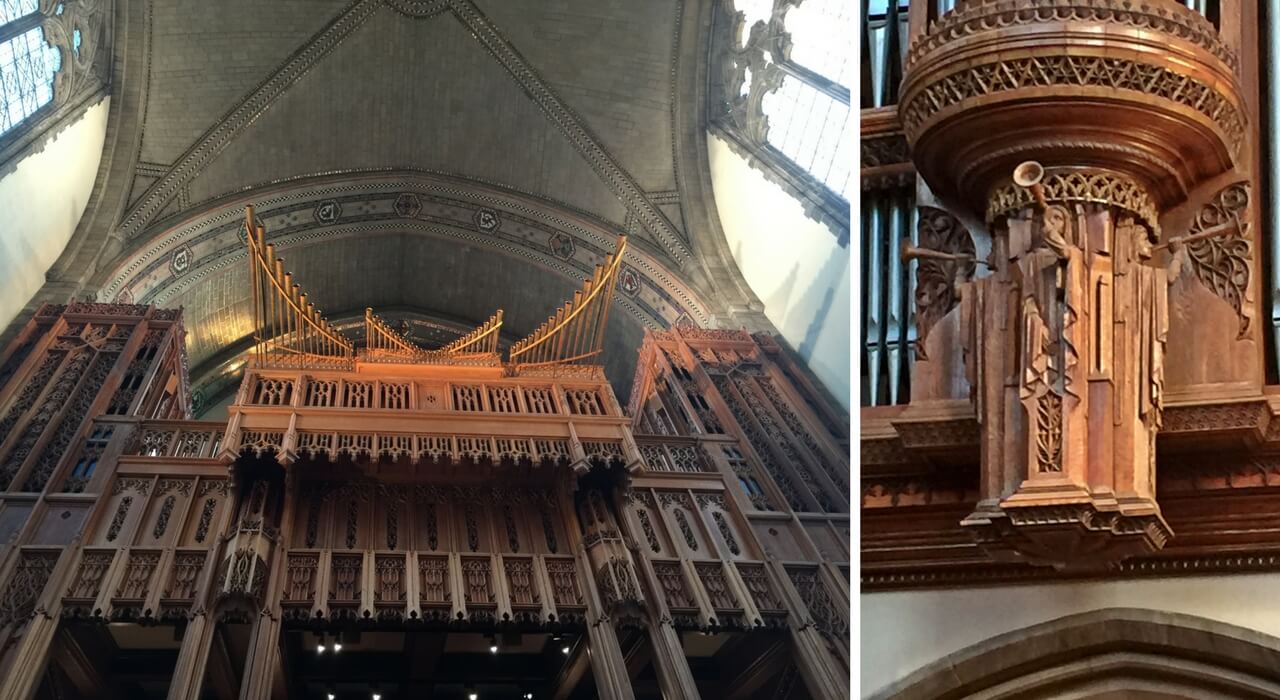
The west end instrument has its own console and there are various electronics that allow that console to play a large part of the complete instrument. Altogether there are 5 swell boxes to manage, a crescendo pedal and many modern playing aids that include a transposer and all swells to swell, a feature Thomas was clearly particularly grateful for.
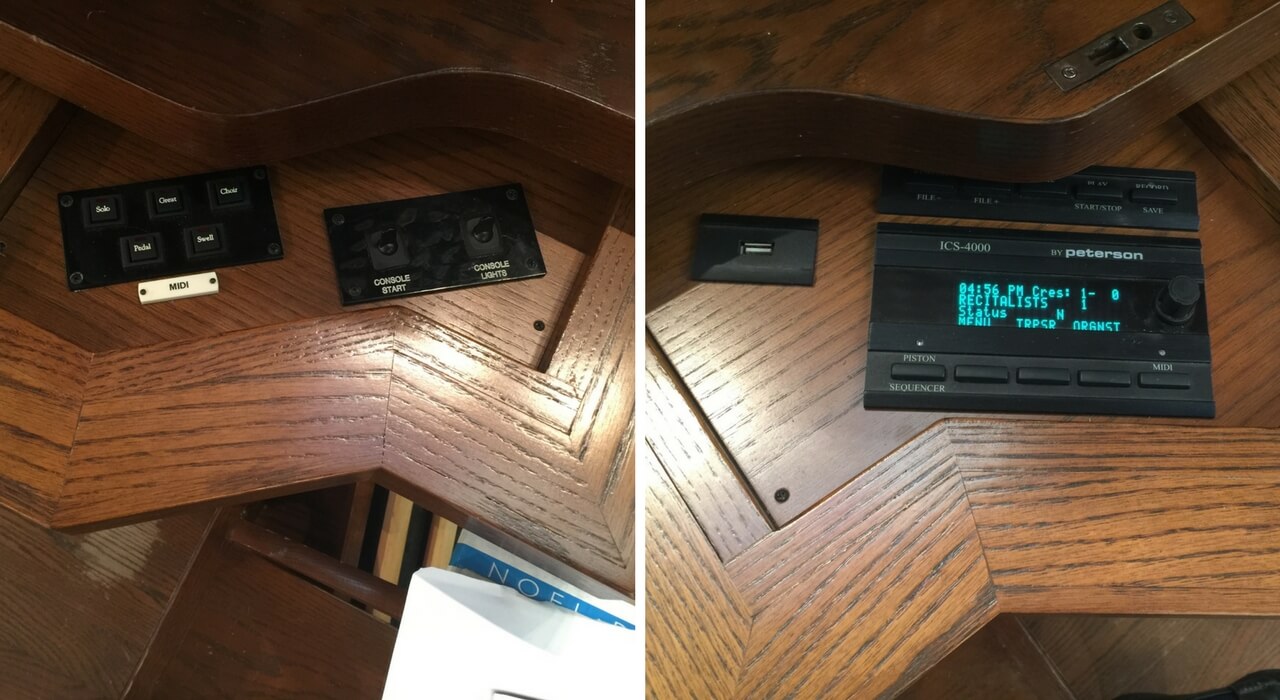
Such is the size of the instrument that Thomas considered the 400 memory levels insufficient for his needs! I was content to amble about using memory one but soon found that this was not what one might expect as a general rule moving from pp to ff as you went up the divisionals and generals. It was clear they were all set for a specific purpose rather than for general use. I also missed and did not see Gt & Ped pistons combined! But as the pedal pistons also danced about between various levels of loudness it would not have helped on this brief visit. I was of course offered a few levels of my own somewhere in the 360’s I think but I wanted to play and so that is exactly what I did.
Different experience to St Peter’s Episcopal Church
This instrument is so different from the Morristown instrument I visited earlier and it is difficult to know where to begin to set out my thoughts. And of course the building size is so much bigger you would inevitably get a different impression of the instruments even if they were similar.
One of Skinner’s signature stops is the French Horn and I was delighted to find that the tonal signature of this particular stop here was almost identical to the one at Morristown. Both were beautiful and mellow.
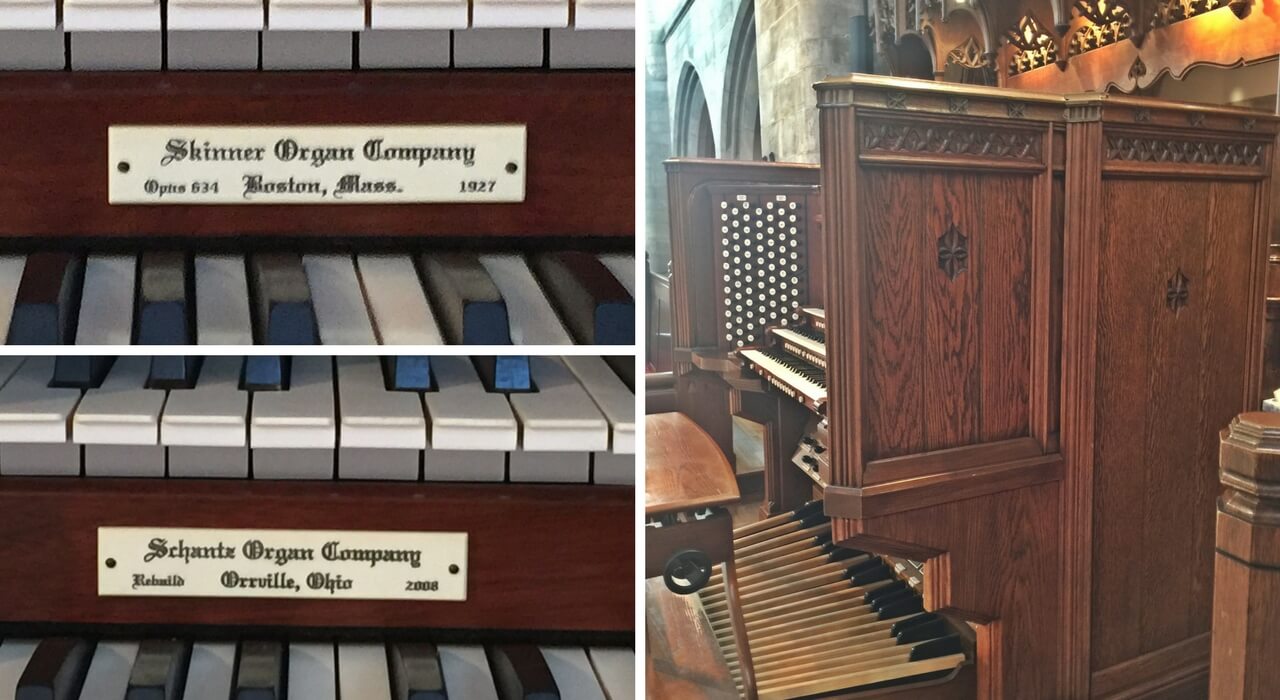
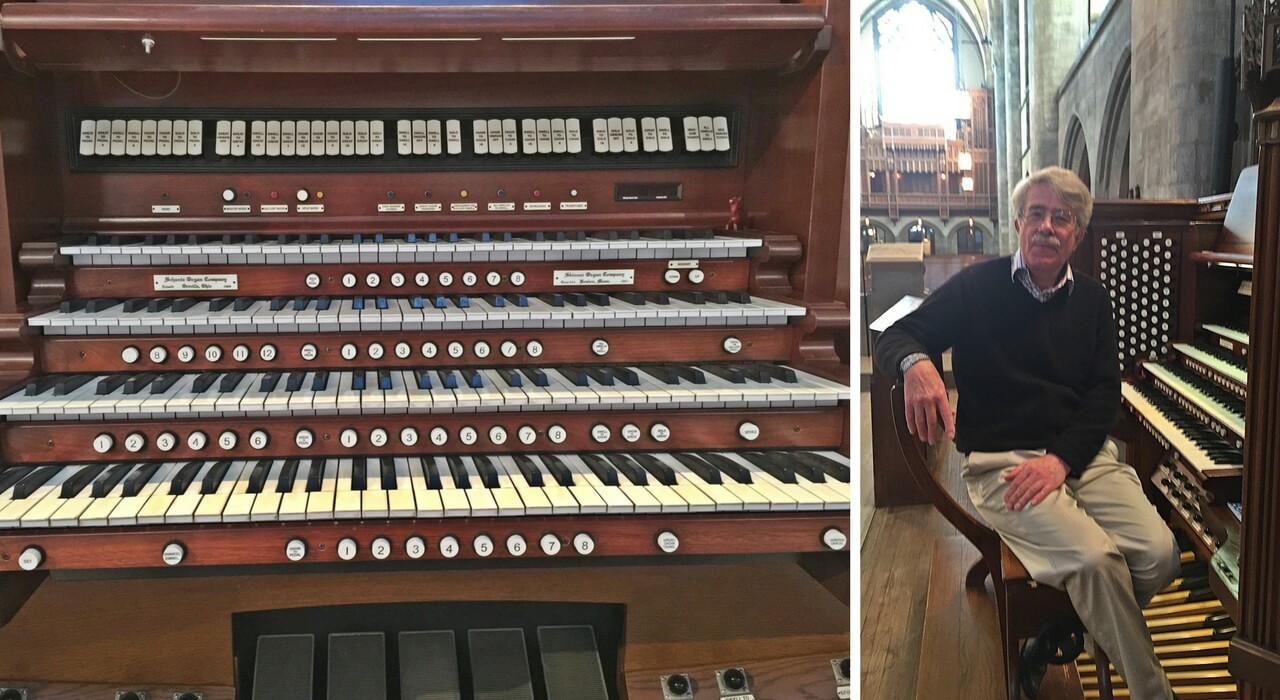
When it came to the strings there were noticeable differences. While I would not claim to have explored them all there was more edge to the Rockefeller instrument that was evident at Morristown. This was in part not a fair comparison as the effectiveness of the swell boxes at Rockefeller was nowhere near as great as at Morristown, this despite them being double shuttered. So it was not possible to get them to truly whisper in the building, a matter that Thomas was aware of and is on his list of the few remaining matters to improve on if possible.
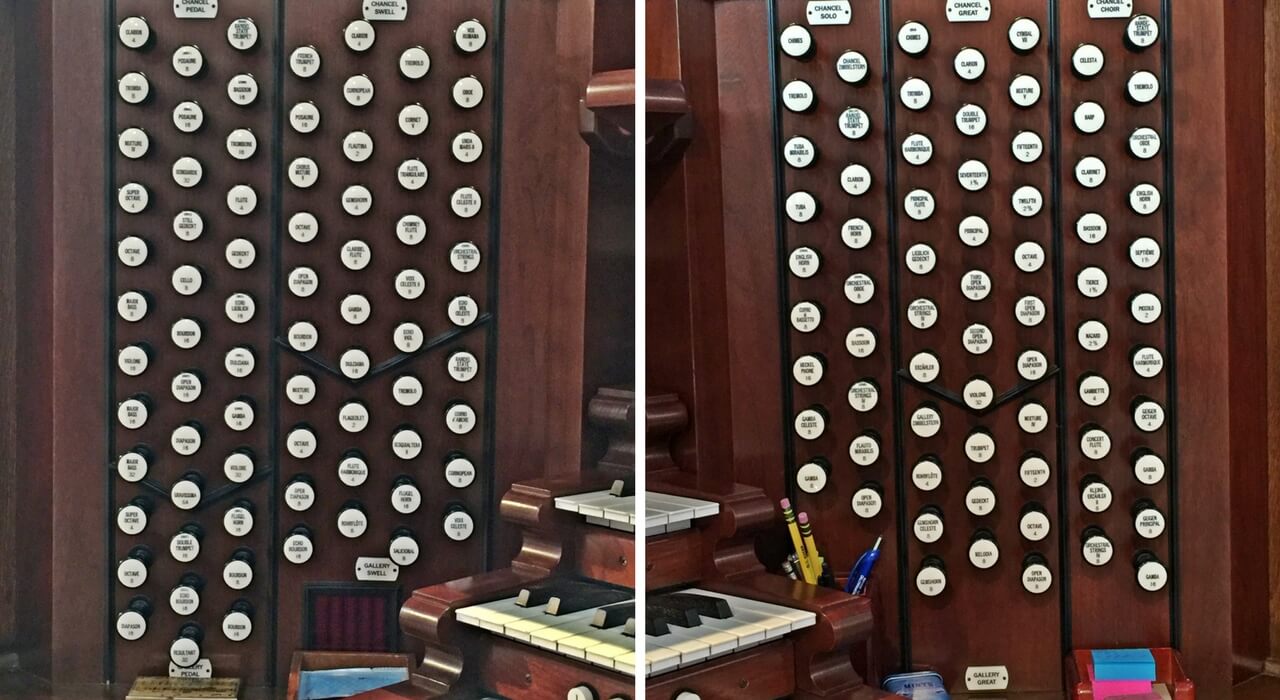
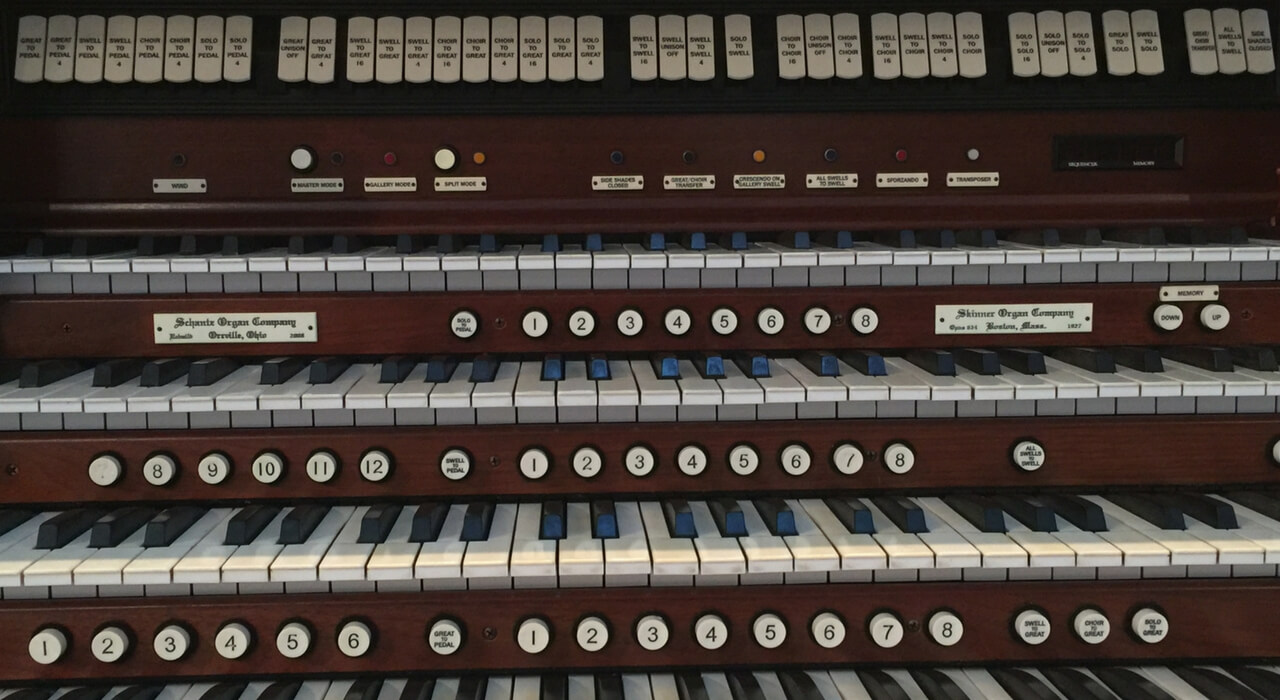
Pulling out all the stops
What to say next? Well when it came to the main diapason chorus this with ‘3 Open’s’ to choose from on the great, it was a very familiar sound. Especially so when adding mixtures as these were more conventional pitches as opposed to the ‘Harmonics’ I found at Morristown.
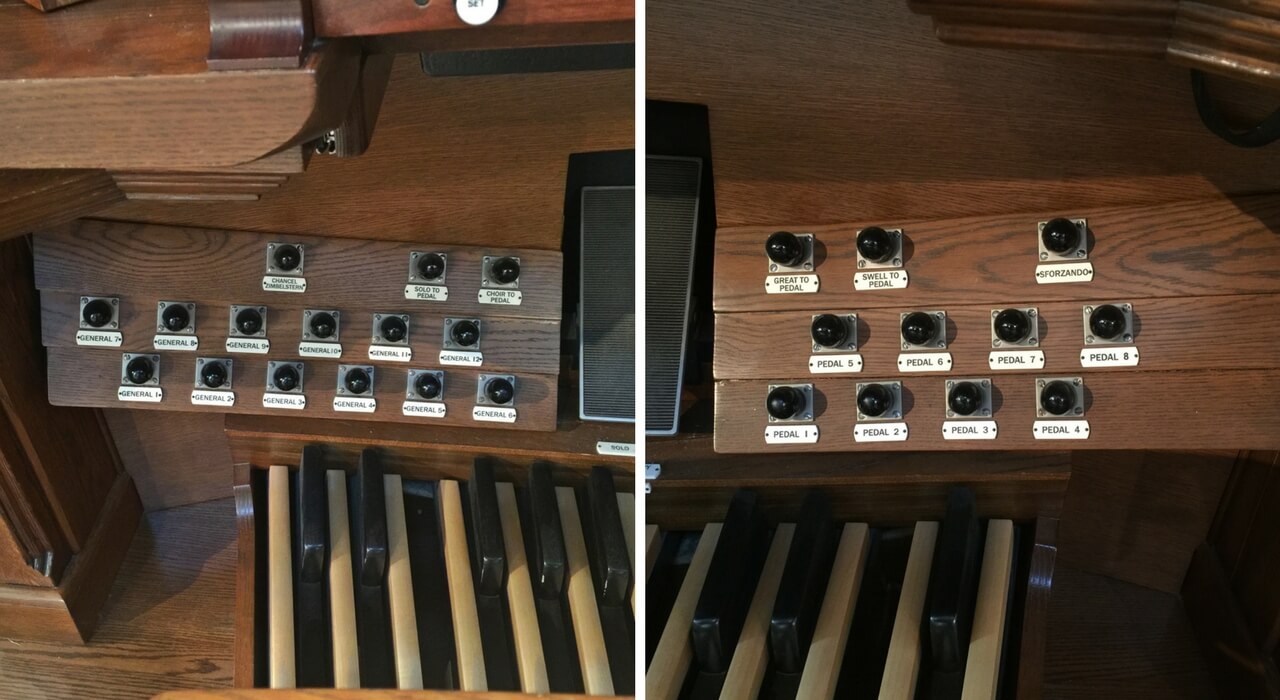
Reeds covered almost all the options one could ever hope to encounter from round and powerful to those with more edge and continental flavour and of course the smaller reeds of Oboe, Orchestral Oboe, Corno di’ Bassetto, Flugel Horn Clarinet and Corno d’Amore provided a endless options for lovely solo lines. There are even 2 Zimbelsterns.
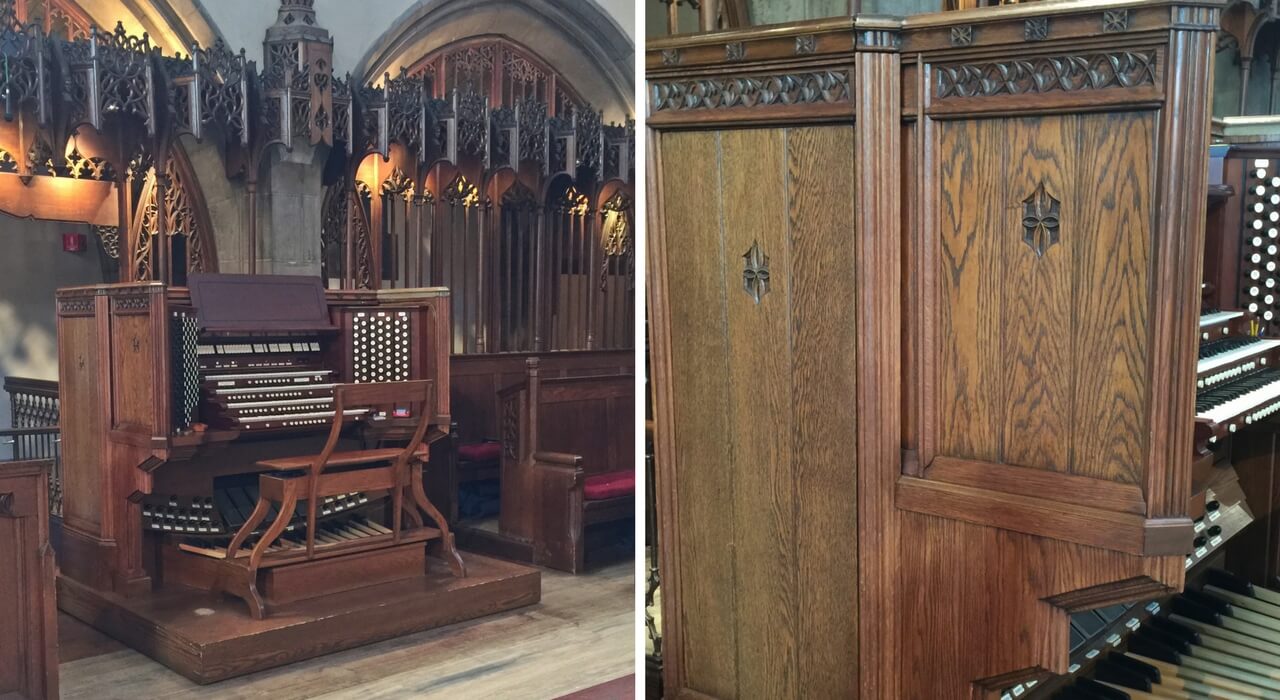
The console as you see is huge and it is not altogether immediately obvious where the stops you are looking at play from as the divisional breaks are not in exactly straight lines. While the interior of the console is new the richly carved exterior is the original console shell so you see this was a huge instrument from the outset.
If you have read this far then you are probably interested in seeing the Organ Specifications which are indeed very impressive.
You can also read my account of the earlier visit to Morristown.
I have had a passion for church organs since the tender age of 12. I own and run Regent Classic Organs with a close attention to the detail that musicians appreciate; and a clear understanding of the benefits of digital technology and keeping to the traditional and emotional elements of organ playing.
